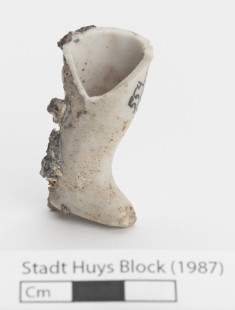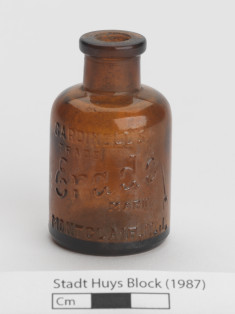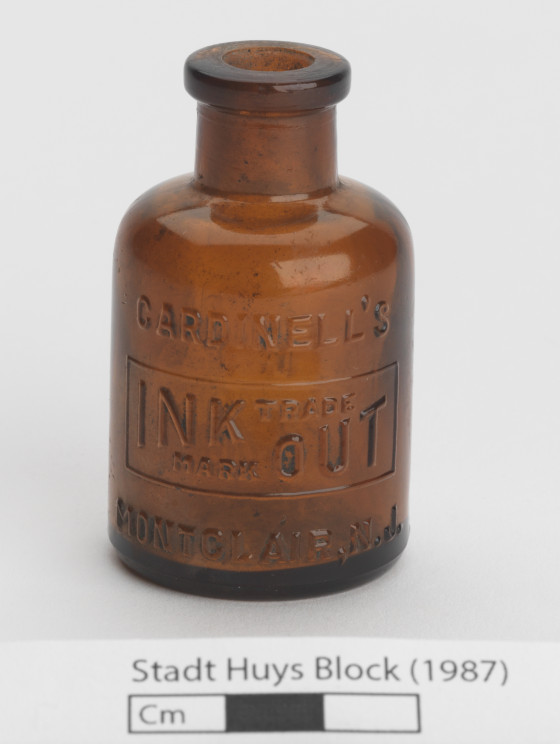Introduction: Lots 8, 9, and 15 are modern designations for adjacent parcels of land fronting Pearl Street that were owned together and used as a single property until the early 1830's. Excavations produced important discoveries like that of the Colonial-era Lovelace Tavern, proving that significant archaeological resources could still exist in urban spaces. Project archaeologists were able to lobby for increased time and funds to continue their work on the strength of these finds, leading to additional discoveries. In all, the project provided considerable information about the history of New York City and its inhabitants from the 17th to the 20th centuries.
Rationale: Test Cut A along with A1, E, G and G1 were the first units excavated as part of the Stadt Huys project. The purpose of these cuts was to explore the stratigraphy of the backyard area of Lot 8. Archaeologists realized that a considerable amount of modern fill was overlaying important materials and deposits. They determined that the best course of action was to remove the modern fill by machine prior to excavation. The information gleaned from these test cuts were instrumental in the development of the site's excavation methodology.
Results: Test Cut A was placed in the northwest corner of Lot 8. It's stratigraphy consisted of modern fill to a depth of 34-inches below excavation surface. The artifacts were mixed and no intact deposits were uncovered. An undated concrete basement floor was encountered at 30-34-inches. This floor was also found in Test Cuts A1, G and M.
Lot 8, Test Cut A, Stratum II, Level A
-
Collection method
Shovel, Trowel. Natural layers.
-
Soil description
Jet Black Oily Sand
-
Munsell
2.5 Y 2/0







